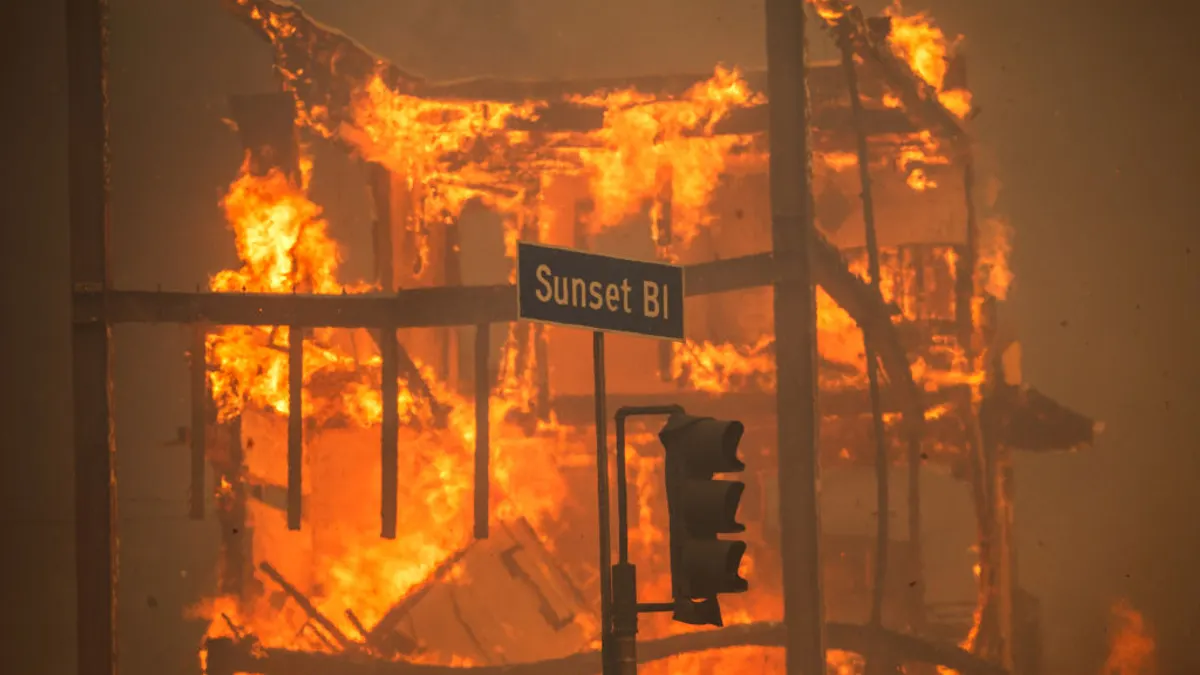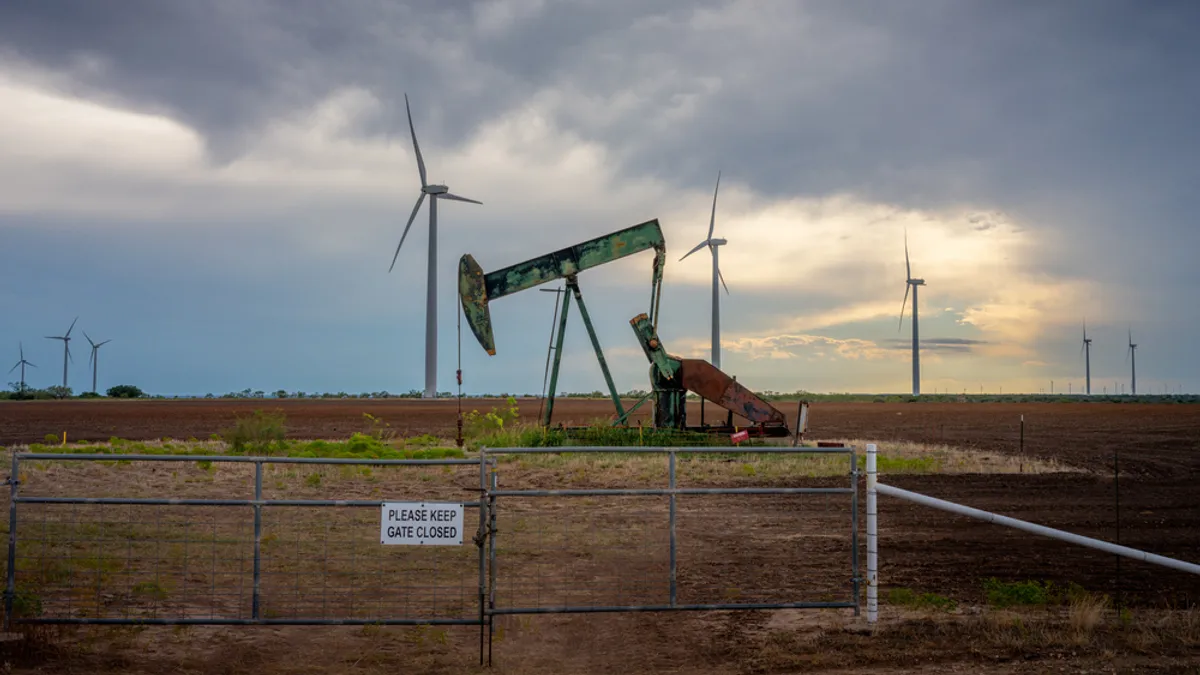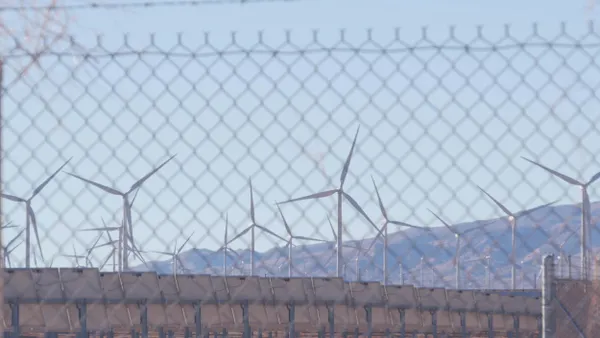Dive Brief:
- Financial risk due to climate-related natural disasters is predicted to rise from the current $7.8 trillion in gross domestic product to $28.3 trillion in 2050, according to a new report by the London Stock Exchange Group. This increased risk exposure will impact approximately 839 million people by midcentury, up from 155 million this year, per the report’s estimates.
- An additional 25 million people and $2.7 trillion in GDP in the U.S. alone are predicted to be exposed to a Category I hurricane or higher at least once a decade, per the report. The number of exposed counties north of Delaware is predicted to more than double, from 24 to 62, including the New York and Philadelphia metropolitan areas.
- Flood risk in the U.S. is also predicted to increase drastically, by almost 300% to $2.4 trillion in GDP, per the report. The risk will remain concentrated in the same areas, but higher incidence is expected in the New York metropolitan area and hubs such as Memphis along the Mississippi River.
Dive Insight:
The report assessed exposure to key climate hazards, including hurricanes, flooding, heatwaves, water stress, and wildfires, across 4,416 regions in the U.S., China, Japan, Germany, UK, France, Italy and Turkey. The report models a scenario in which rapid economic growth and limited mitigation efforts lead to increased emissions and the Paris Agreement’s goals not being met. This, in turn, would result in global average temperatures rising by 2.4 degrees Celsius by 2050 compared to the pre-industrial average and continuing to increase beyond 2050.
In this scenario, cyclones, flooding, extreme heat and wildfires are all expected to increase, both in intensity and reach. For extreme heat, defined as 30 days or more over 104 degrees Fahrenheit (or 50 days or more over 122 degrees Fahrenheit ), 145 regions are predicted to meet this threshold by 2050. In the U.S., this includes significant parts of Texas and Arizona, according to the report.
The analysis from LSEG predicts water stress, one of the effects of extreme heat, to expand to a total of 670 regions, including the Southwestern U.S., which together produce $6.9 trillion in GDP and are home to nearly 244 million people.
Wildfires, another effect of extreme heat, are also predicted to increase, according to the report. Earlier in January, wildfires in Los Angeles led to an estimated $250 billion to $275 billion in economic losses. By 2050, an additional 16.4 million people are predicted to be exposed to wildfire risk, most of them in the U.S., per the report. Risk is predicted to intensify in vulnerable regions that were already impacted by the fires like LA County, Orange County, San Diego County, and Santa Clara County (home to Silicon Valley), while large parts of Montana and Wyoming are projected to enter the high-risk group. Counties in Florida, Montana, Nevada and Idaho are also predicted to reach severe exposure levels.
Climate-related disasters pose financial risk by destroying real estate and infrastructure and downgrading municipal bonds, but also by affecting suppliers and disrupting trade routes, the report noted. An earlier LSEG report, based on disclosures of 2,100 large and mid-cap listed companies, found that 34% mentioned taking some form of climate adaptation measures in their annual disclosures.
Meanwhile, insurance markets for transferring physical climate risk are already strained, the report noted. The global protection gap, or the difference between economic losses and what is covered by insurance, was 60% in 2024, and insurers are beginning to retreat from high-risk areas, the report said.
“This trend suggests that insurance availability and pricing may become increasingly volatile in regions facing escalating climate hazards,” Kieran Brophy, the research lead of sovereign climate at LSEG and one of the report authors, told ESG Dive in an emailed statement.
“However, any evolution in insurance policy or market structure will depend on a range of factors, including regulatory responses and individual insurer strategies,” he added.










